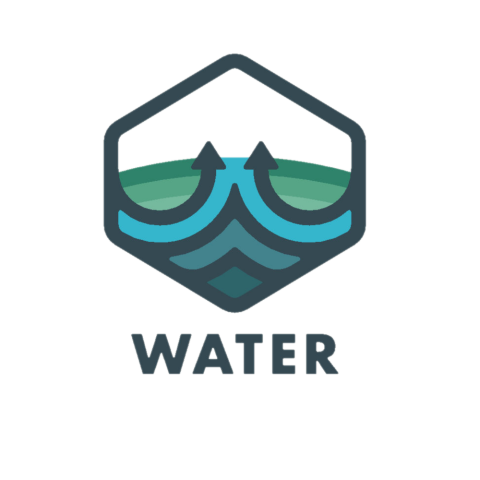For information on chemigation and who handles chemigation inspections in your area, please follow this link.
This year, hundreds of irrigators across the Lower Loup Natural Resources District will use chemigation to apply fertilizers and pesticides to their fields. In 2006, there were 1,913 chemigation permits issued across the Lower Loup NRD. Chemigators applied over 6,519,000 pounds of nitrogen fertilizer in the District.
With chemigation, the rate of application can be regulated and chemicals may be applied at the exact time needed by plants to produce maximum results. The actual handling of chemicals is reduced so operator exposure is minimized and the chance for spills is diminished.
Chemigation offers the irrigator numerous other advantages. One of those advantages can be found in the application of nitrogen fertilizers. When chemigation is used, nitrate-leaching losses are reduced and the possibility for nitrate contamination of ground water is reduced.
However, chemigation has its risks. The greatest of these is the potential for accidental groundwater contamination through backflow into the irrigation well. Backflow is the siphoning of water and chemicals back into the irrigation well when normal operation is interrupted. To avoid this contamination, the appropriate chemigation equipment and system must be set-up, operated and maintained. Without the right equipment and setup, a permit will be denied.

